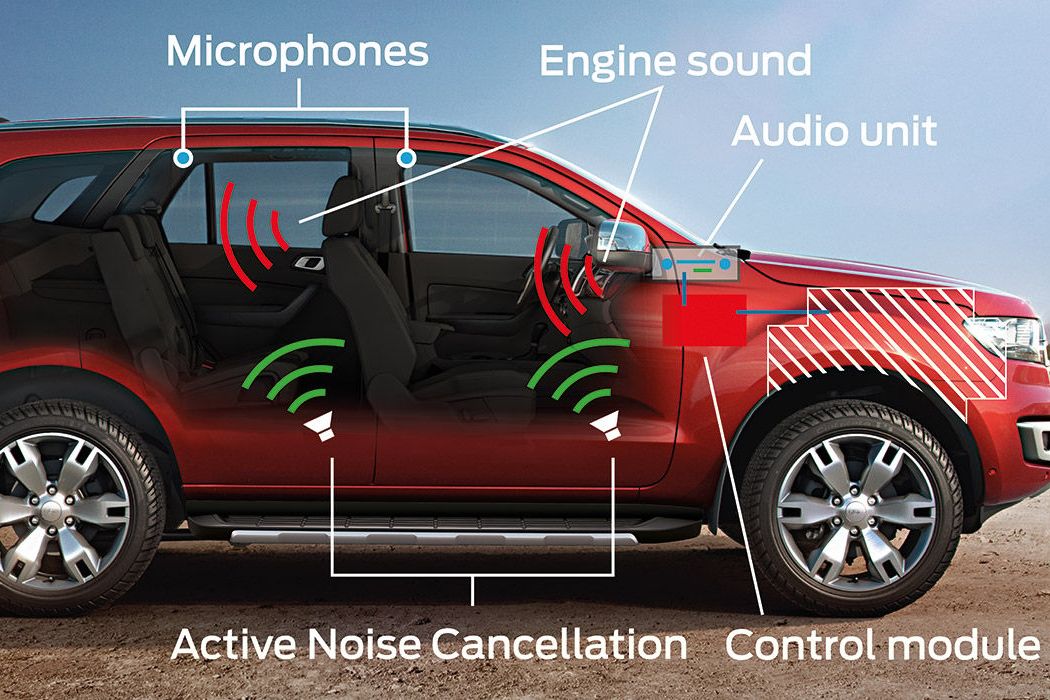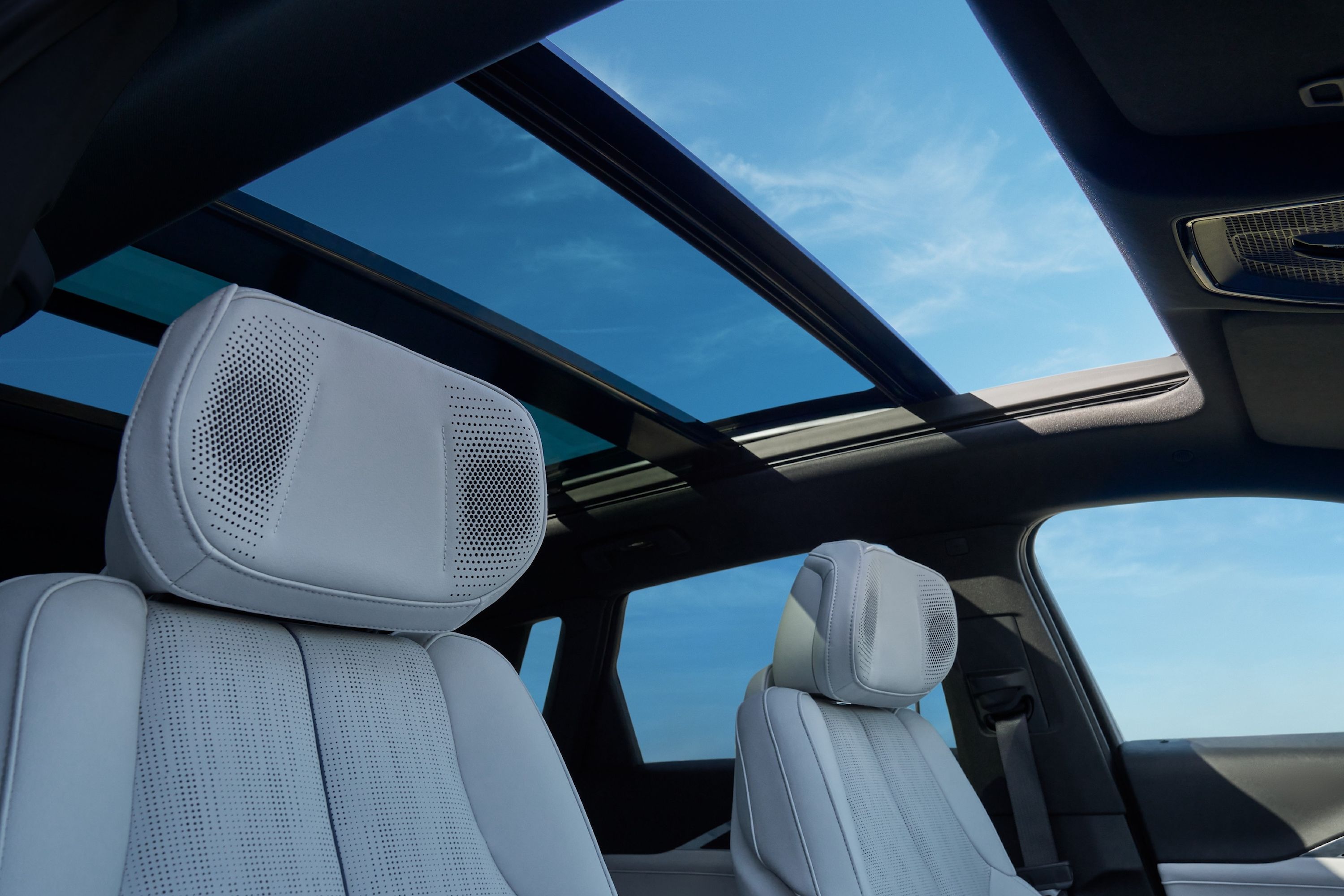
General Motors aims to improve in-car audio systems and warning sounds by automatically adapting them to changing vehicle conditions, such as open windows, sunroofs, or removable roof panels.
A new patent discovered by CarBuzz filed with the United States Patent and Trademark Office details an automatic detection system that would identify changes in the state of the vehicle's body and automatically adjust various controls and settings to ensure occupants can clearly hear everything they need to.
The invention is not limited to increasing the infotainment volume or adjusting the balance, treble, and bass. It also expands its scope to include warning chimes and alerts.
General Motors highlights a variety of ways in which vehicles can have configurable panels. These include, but are not limited to, windows, sunroofs, removable doors, and targa tops, and GM's patent sketch looks remarkably like it's based on an A80-generation Toyota Supra T-Top.
The basic premise is that when a window is opened, a door is removed (think Jeep Wrangler), or a roof panel is taken off, the volume of warning chimes and the sound system needs to be adjusted to account for wind noise and other external noises. GM's new system envisions multiple sensors to determine to what extent the vehicle's noise-containing structure has been altered and then proposes several ways in which audio can be modified to account for the change.
The various sensors include microphones and even light meters. The former seems evident as an open window would increase the volume within the cabin - especially in cases where the side windows are made of acoustic glass - but the light meter is a clever addition that would be able to determine whether a sunroof or convertible roof has been opened based on how bright the cabin is.
By using either or a combination of these sensors, a new computing system has various ways in which it can mitigate noise intrusion.
In instances where an open window creates a constant frequency noise disruption - like wind noise traveling at a steady speed - the microphone sensors would trigger one of the computing elements to adjust the noise-canceling functionality of the traditional sound system, emitting a counter-frequency to mitigate the additional noise.
If, however, the light sensor is also triggered, for example, in a case where you remove the targa panels on your C8 Corvette Coupe, then the computer would automatically understand the roof has been opened, and it would combine the noise-canceling frequency with an increase in volume, and potentially an adjustment in the balance and equalizer settings.
Even more versatility is available in the case of vehicles like the 2024 Cadillac Lyriq, whose optional AKG Studio sound system has headrest speakers that could be used to counteract noise from an open sunroof.
By using multiple sensors and processor modules instead of just one, GM can hone each sensor to look for specific frequencies and sound levels, and the processors can decide on the best plan of action, sometimes even deciding that no change is needed.
An increase in volume may, for example, result from a semi-truck driving past your car. If the sensors determine there has been no change in the vehicle, then the processors would determine that it is simply a passing noise and make o change to the audio system. Should the noise be prolonged, the system could then adjust accordingly.
It may seem overly complex, but the future of motoring and safety legislation makes tech like this more important.
As EVs become mainstream and engine noise is less of a concern, automakers are adding more sound deadening to vehicles to prevent wind and tire noise from permeating the cabin. Because of this, an open window can vastly change the noise levels within a car, and while a driver may turn up the volume to listen to their favorite songs louder, they may not hear a warning chime from a crash avoidance system.
This new technology takes much of the guesswork out and ensures that safety chimes can always be heard while also making sure you get to enjoy your music, podcasts, or whatever else you like to listen to - we're not judging - to full effect.



